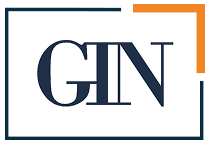Abstract
The abuse of anabolic androgenic steroids (AAS) for competitive (and non-competitive) purposes for bodybuilding practice is increasingly common. The consequences of these substances on the various organs are only partially known. Cases of FSGS following the use of AAS have been reported in the literature, even with evolution to ESKD.
We describe three cases of bodybuilding athletes who presented alterations in renal function indices after taking AAS for a long time. Three renal biopsies were performed with histological diagnosis of FSGS collapsing variant. We examine the lesions observed on histological examination. Two athletes had rapid progression of renal disease requiring replacement therapy. The third one continues conservative treatment for chronic renal failure.
We discuss the risks related to the intake of doping substances and how bodybuilders are exposed to different causes of kidney damage: anabolic steroids, supplements, and a high-protein diet.
Keywords: anabolic-androgenic steroids, bodybuilding, FSGS, collapsing variant, chronic kidney disease





